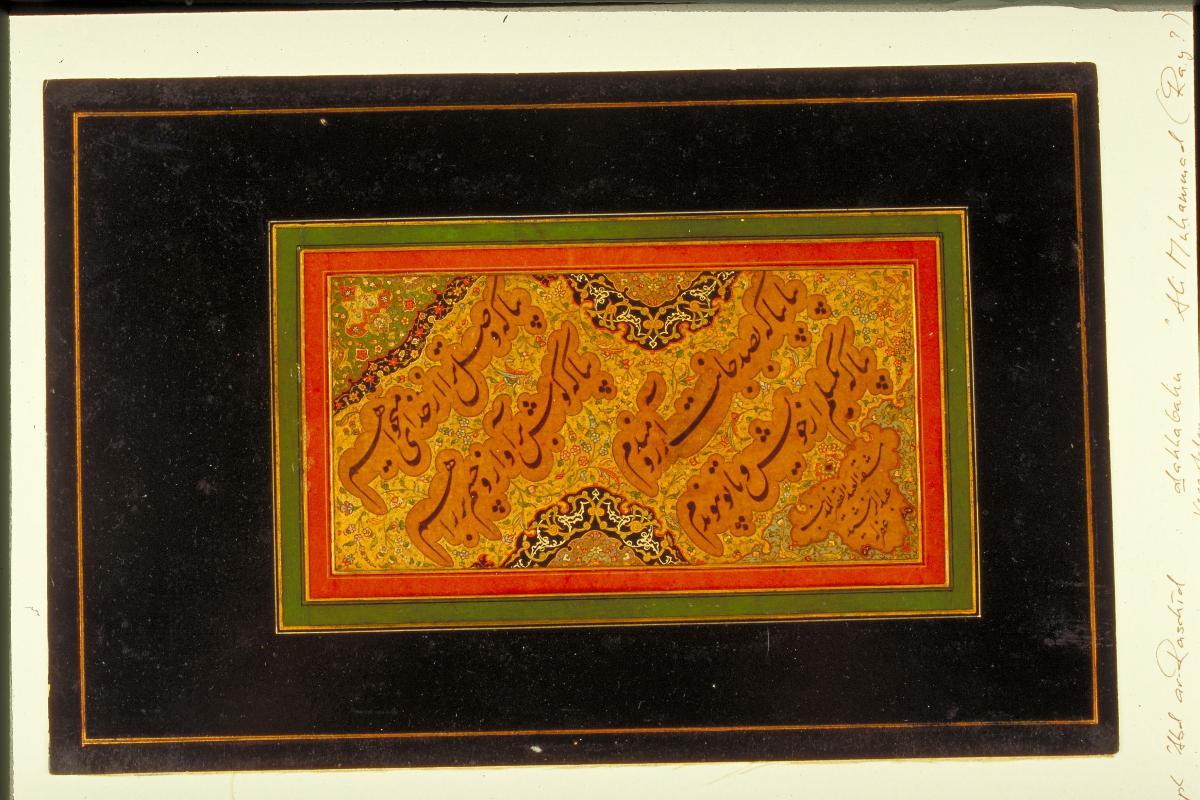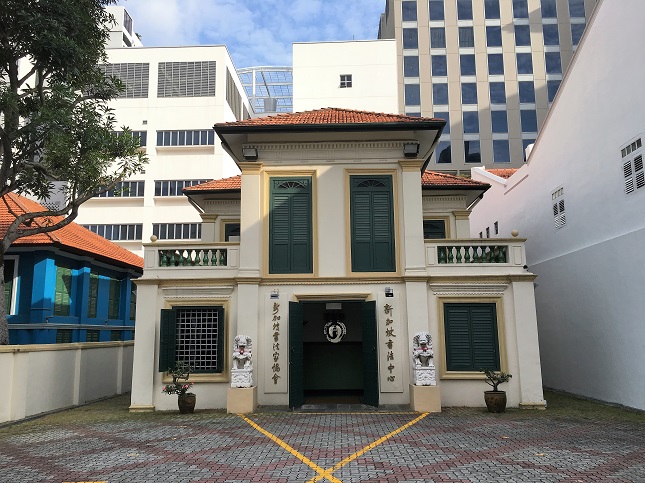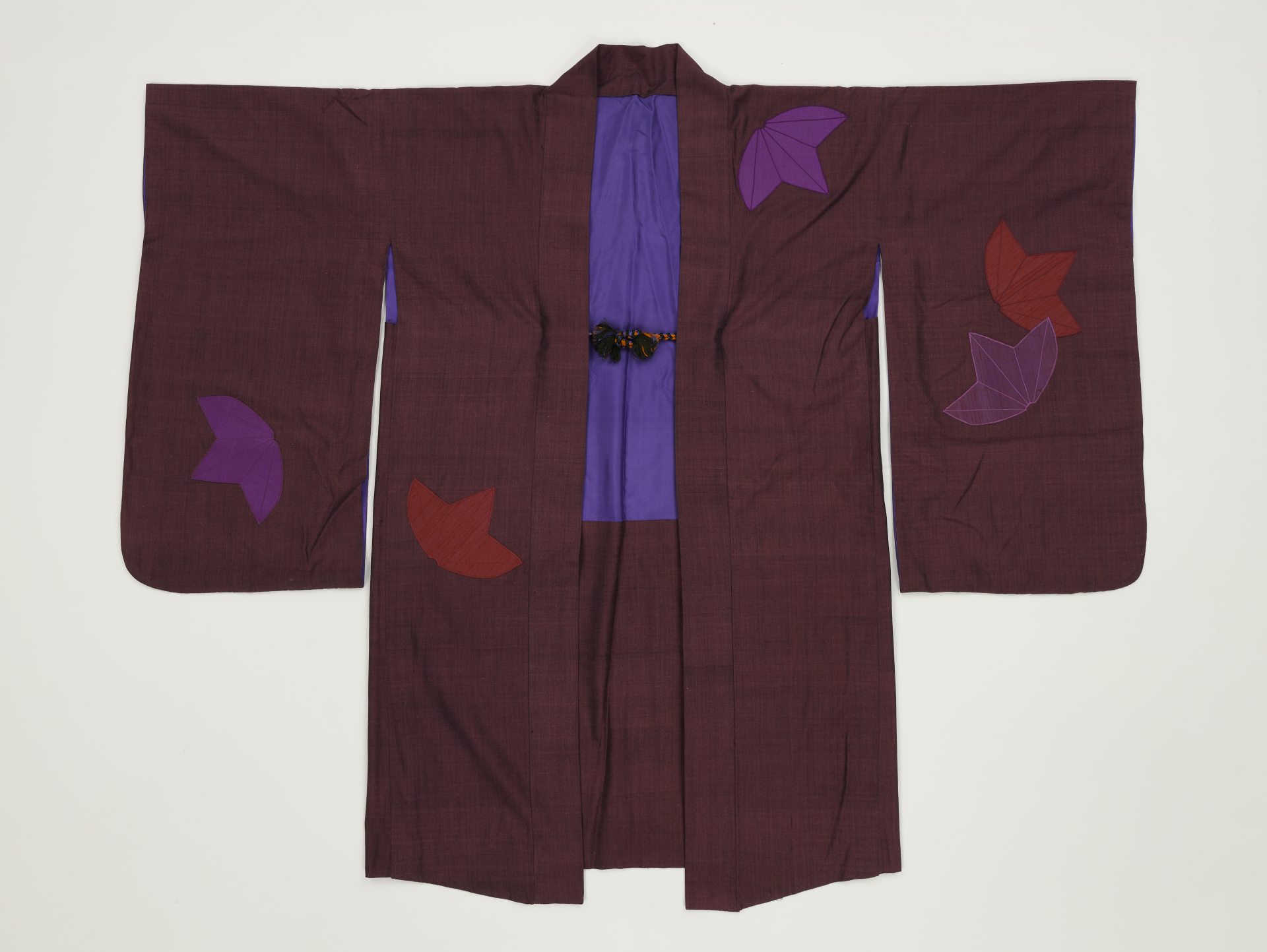The calligraphy on this piece is written in nastaliq, a script developed in Persia, present-day Iran. It is also a common script used in the Northern part of India. The calligraphy is said to be written during 17th century, while the lacquered parts are later added to the piece. Such calligraphy were kept by the rich to be admired privately or shared with friends.Calligraphy has always been considered the noblest and most featured art in the world of Islam as it transmits the Divine Revelations of God. The pious desire to beautify the Word of God was a central factor in the development of calligraphy in the Islamic world. One interesting aspect of Islamic art is that the form of expression can be found in a variety of media – on ceramics, on metalwork or as large inscriptions done in stone for buildings.

















